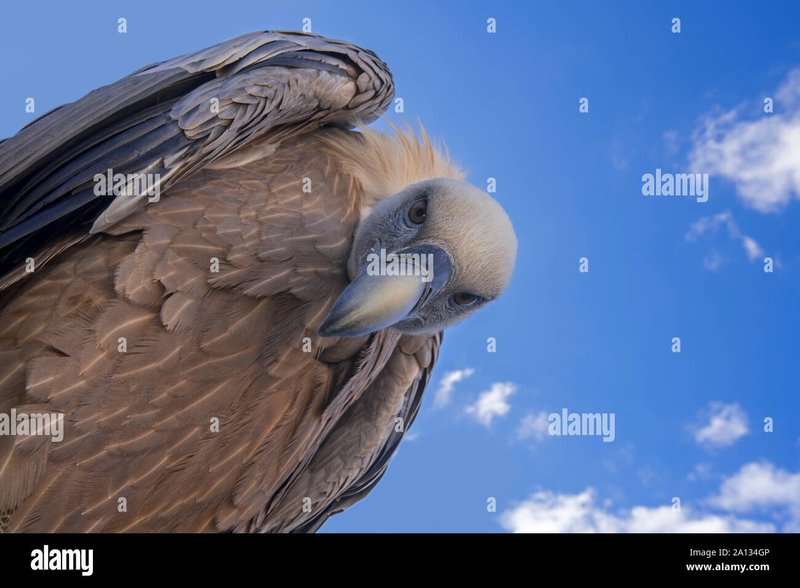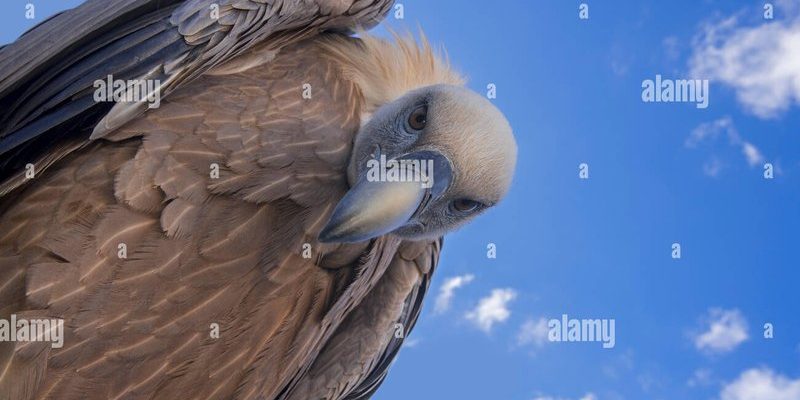
By inviting these feathered friends into your yard, you not only get rid of those unwanted hornworms but also create a lively atmosphere filled with song and color. It’s like hosting a pest control party, and the birds are the VIP guests! In this article, I’ll walk you through everything you need to know to encourage these birds to swoop into your garden, enjoy a feast of hornworms, and make your green space healthier and more enjoyable.
Understanding Hornworms and Their Impact on Your Garden
Hornworms are the caterpillars of the hawk moth, and they can quickly become a gardener’s nightmare. These little guys can grow up to four inches long and have a voracious appetite. One hornworm can eat a significant amount of foliage in just a few days, damaging your plants and potentially ruining your harvest.
Here’s the thing: if you’re growing tomatoes or peppers, hornworms are especially drawn to these plants. They blend in well with the leaves, making them hard to spot until the damage is done. But don’t worry; there are effective ways to manage these green intruders, and attracting birds that prey on hornworms is one of the best.
When you create an environment that attracts these birds, you’re not just targeting hornworms. You’re enhancing your garden’s natural balance. Birds like blue jays, sparrows, and even some types of woodpeckers love to feast on hornworms. By fostering their presence, you’re enlisting nature’s help to keep your garden healthy and thriving.
Choosing the Right Bird Species to Attract
Not all birds will help with your hornworm problem, so it’s essential to know which species to target. Some of the best birds for munching on hornworms include:
- Blue Jays: These intelligent birds are known for their striking blue feathers and their ability to catch pests like hornworms. They’re also social, which makes them fun to watch.
- Wrens: Small and agile, wrens flit around your garden, hunting for caterpillars and other insects. Their presence is a good sign for a healthy garden.
- Chickadees: These friendly little birds aren’t just cute; they love a good insect snack, including hornworms.
Each of these bird species plays a unique role in your garden ecosystem. Attracting them involves creating a suitable habitat that meets their needs. Think about their food sources, nesting sites, and water availability.
A diverse bird population can make your garden not only more lively but also more sustainable. By encouraging a variety of birds, you help maintain a healthy balance in your garden.
Creating a Bird-Friendly Environment
To make your garden appealing to birds, you’ll need to offer a few basic necessities: food, water, shelter, and a safe place to raise their young. Here are ways to meet these needs:
1. **Plant Native Vegetation**: Native plants provide birds with natural food sources. Think sunflowers, coneflowers, and other flowering plants that attract insects and provide seeds.
2. **Install Bird Feeders**: Seed feeders filled with sunflower seeds or suet feeders can attract a variety of birds. Just make sure to keep them clean and well-stocked.
3. **Provide Fresh Water**: Birds need water for drinking and bathing. A simple birdbath or a shallow dish filled with water can do wonders. Change the water regularly to keep it fresh.
4. **Add Shelter**: Install birdhouses or leave some brush piles around your garden. This gives birds a safe place to nest and hide from predators.
By establishing a bird-friendly environment, you’re encouraging birds to visit and stay in your garden. This means more eager beaks ready to tackle those hornworms.
Feeding Birds Naturally
While bird feeders are great, you can also attract birds naturally by allowing some plants to grow wild. Here’s how:
– **Let Weeds Grow**: Some so-called “weeds,” like dandelions and clover, are actually great for attracting insects that birds love. Just a little untamed garden can make a difference.
– **Don’t Deadhead Everything**: Leaving some flower heads on your plants will go a long way. They’ll produce seeds that birds can snack on.
– **Encourage Insects**: Creating areas where insects can thrive helps attract birds. Consider planting some flowers that attract beneficial insects, which in turn attract birds.
By harnessing the natural cycle of growth and decay in your garden, you create a rich environment for birds to thrive.
Implementing Birdhouses and Nesting Boxes
Birdhouses can be a fantastic addition to your yard, providing birds with safe places to raise their young. Here’s how to make the most of them:
1. **Choose the Right Box**: Different birds prefer different types of nesting boxes. Look for designs tailored to species that prey on hornworms. For example, blue jays and chickadees have specific size requirements.
2. **Location Matters**: Place birdhouses in sheltered spots, preferably facing away from strong winds. Trees or shrubs nearby can offer additional cover.
3. **Maintenance is Key**: Clean out old nests each season to prepare the box for new occupants. This encourages birds to return year after year.
Having birdhouses in your garden not only helps attract birds but also fosters a sense of community in your yard. Watching birds raise their young is one of the joys of gardening.
Monitoring and Enjoying Your Feathered Friends
Once you’ve set everything up, it’s time to sit back and enjoy the show. Birdwatching can be a delightful hobby that adds a new layer of enjoyment to your gardening experience. Consider these tips:
– **Keep a Journal**: Track which bird species visit your garden and when. This will give you insight into their patterns and help you refine your approach over time.
– **Be Patient**: It might take time for birds to discover your garden. Don’t be discouraged if they don’t show up right away. Keep providing food and shelter, and soon enough, they’ll come.
– **Stay Quiet**: When watching birds, keep noise to a minimum. Birds are naturally skittish, so a little bit of patience and quiet can make a world of difference.
By being mindful and observant, you’ll not only enhance your gardening experience but also discover the joy of connecting with nature.
Attracting birds that prey on hornworms is a rewarding and effective way to manage pests in your garden. By creating a bird-friendly environment and providing the right resources, you invite natural pest control to help keep your plants healthy. It’s all about fostering a symbiotic relationship between your garden and the birds, where both can thrive together.
So grab that bird feeder, plant some native flowers, and set up a birdbath. Before you know it, your garden will be buzzing with life as birds swoop in to munch on those pesky hornworms. Gardening is a journey, and with these feathered friends on your side, you’ll definitely enjoy the ride!

